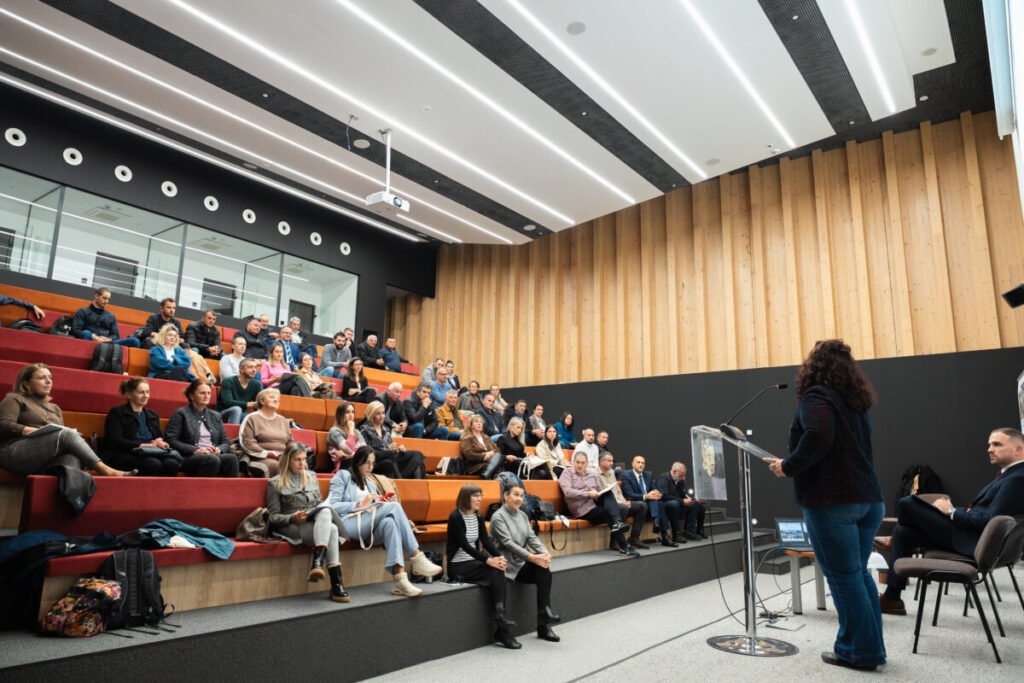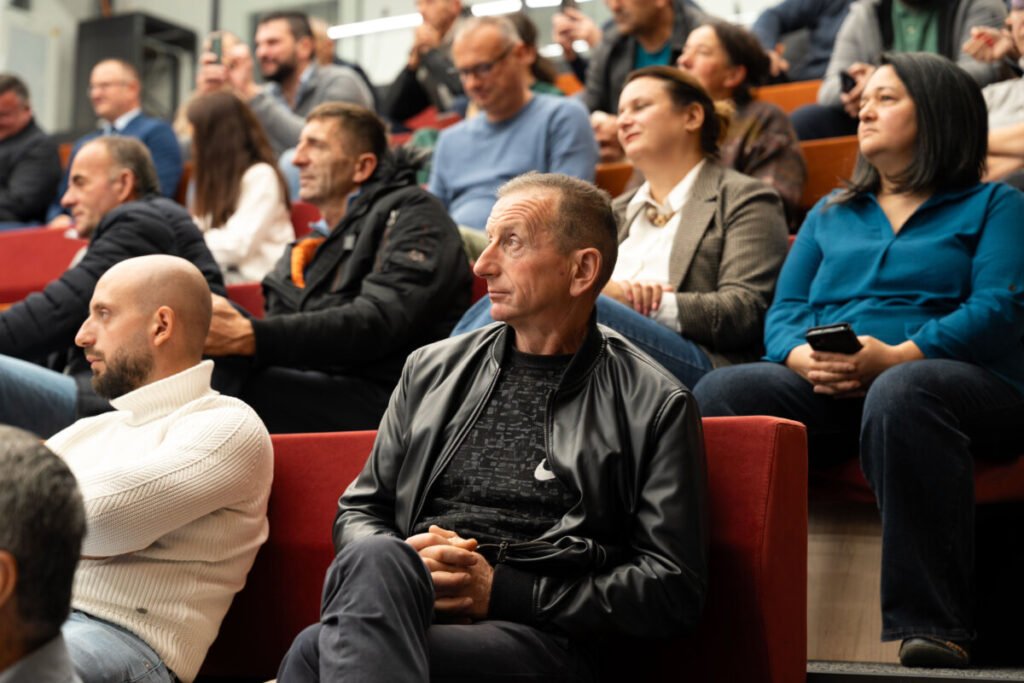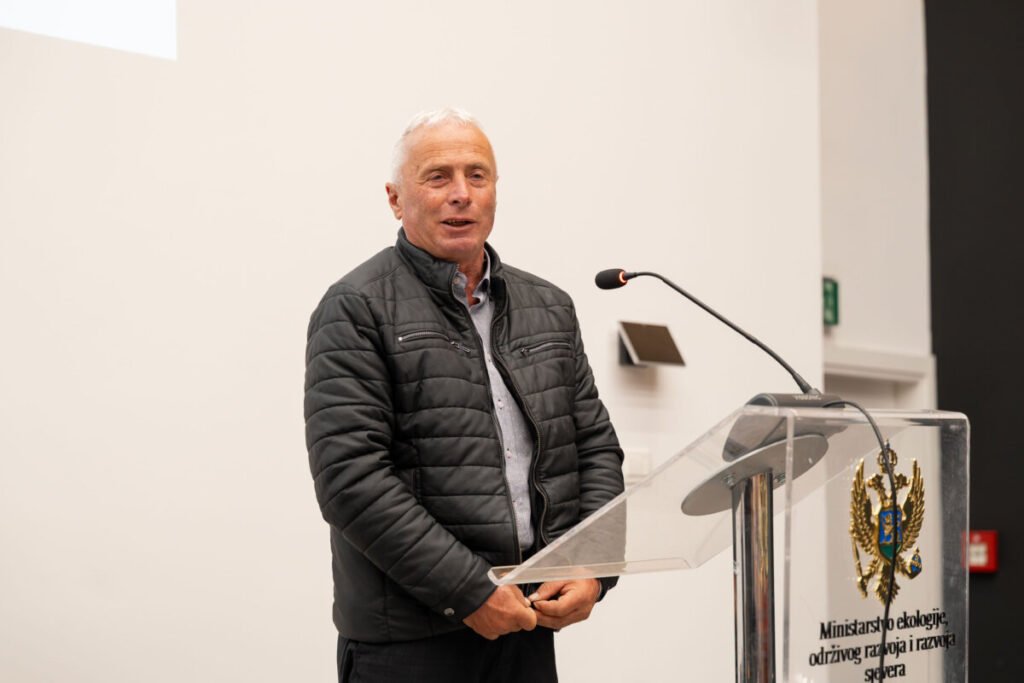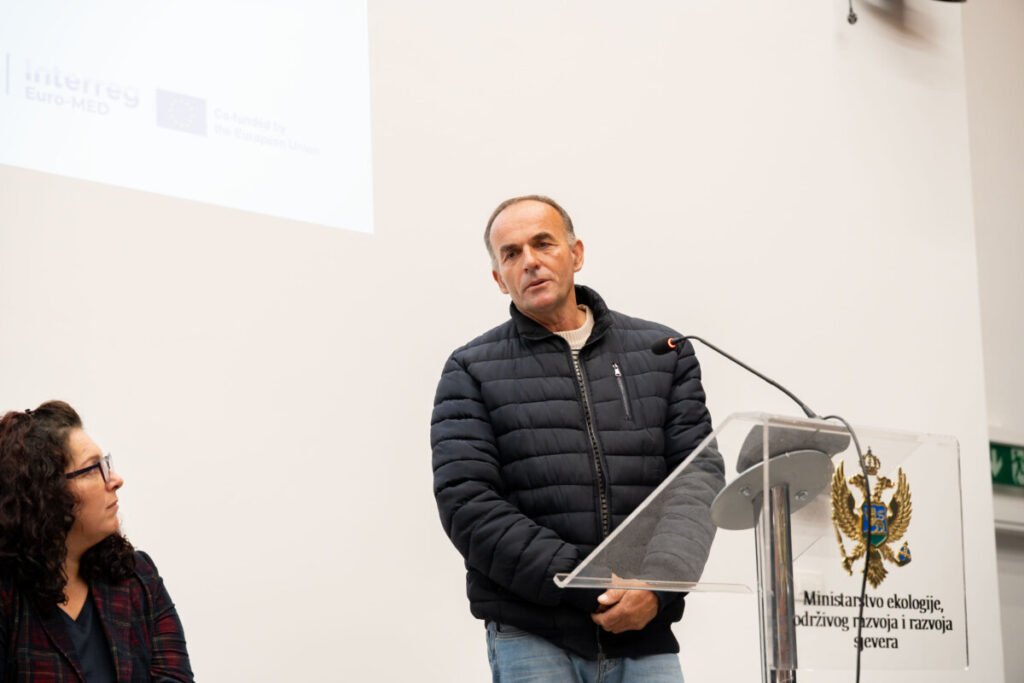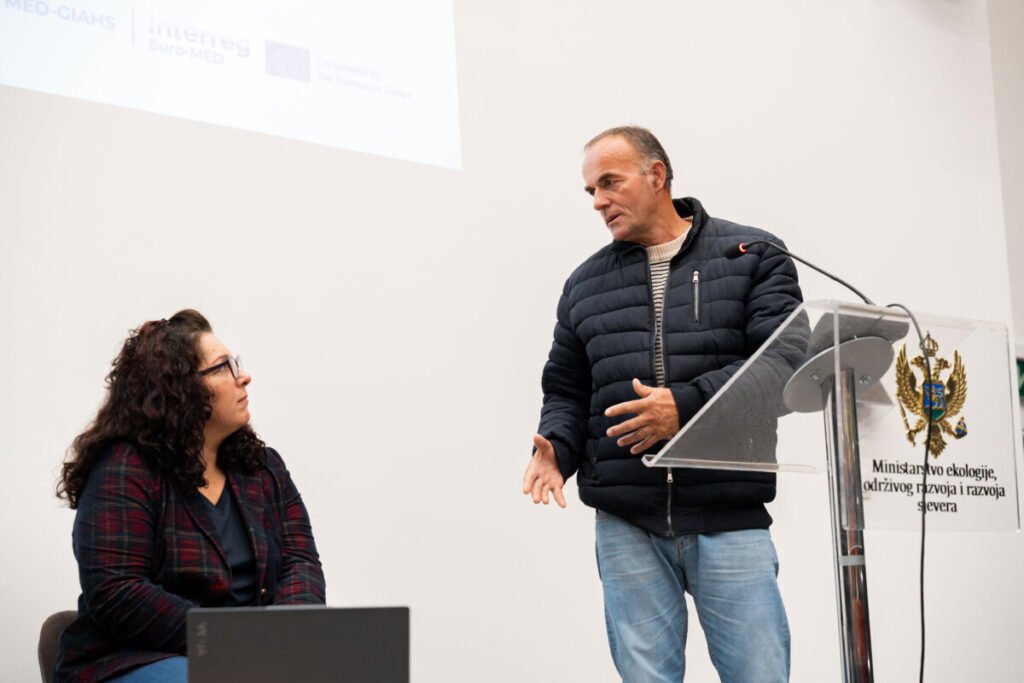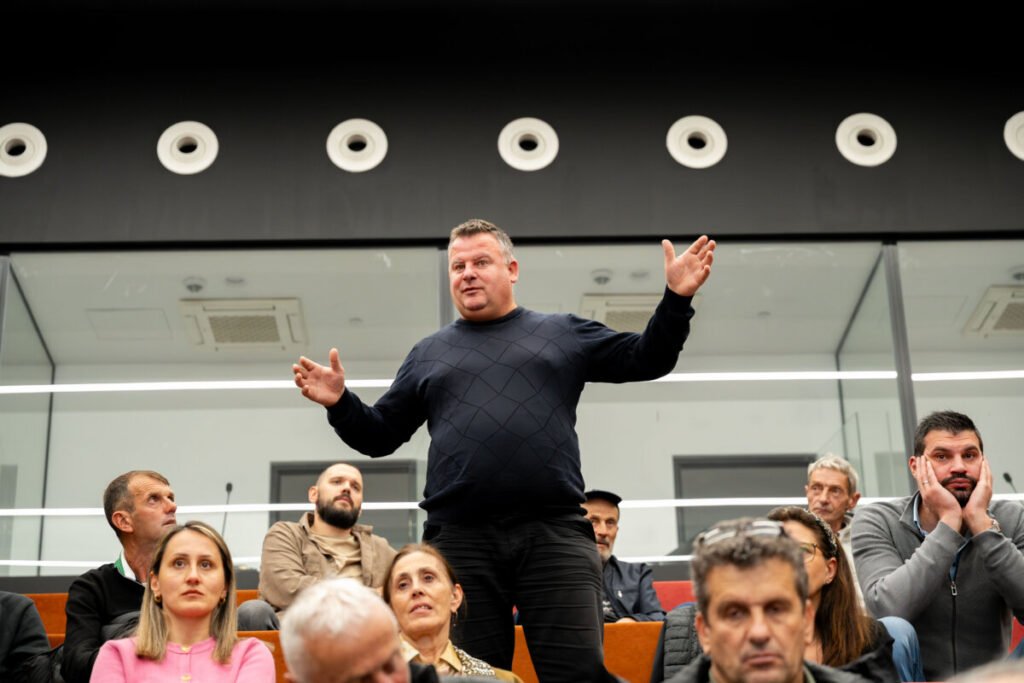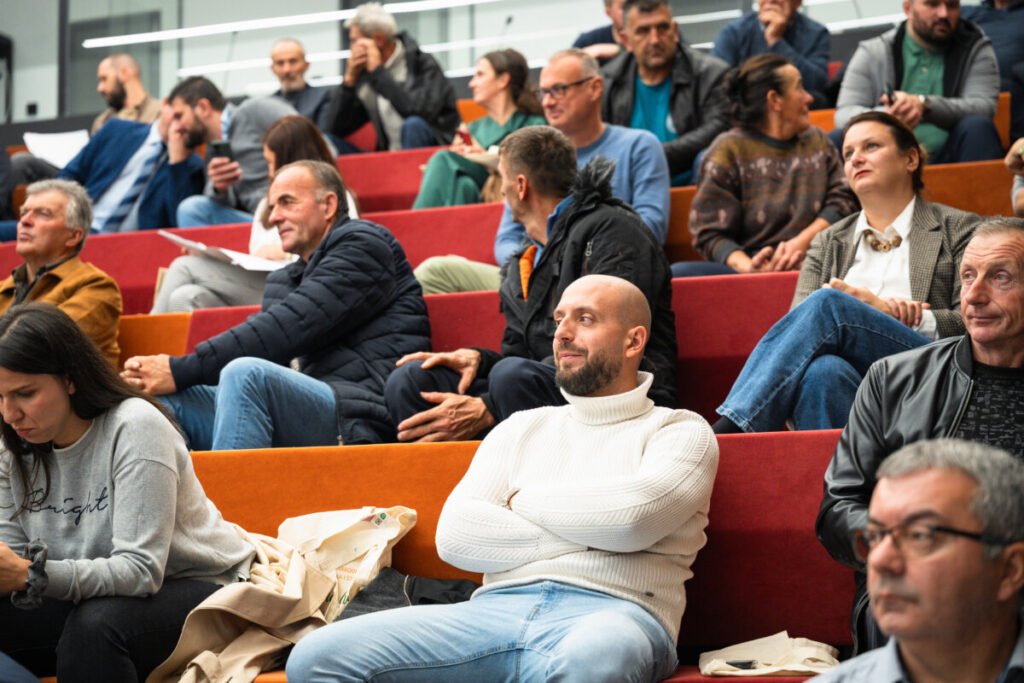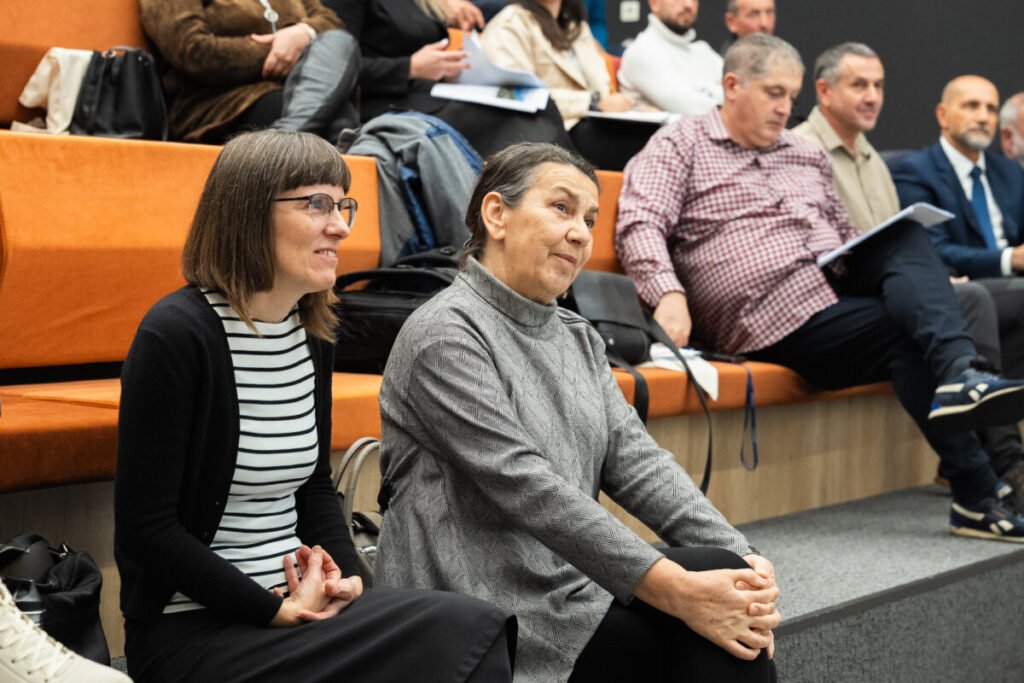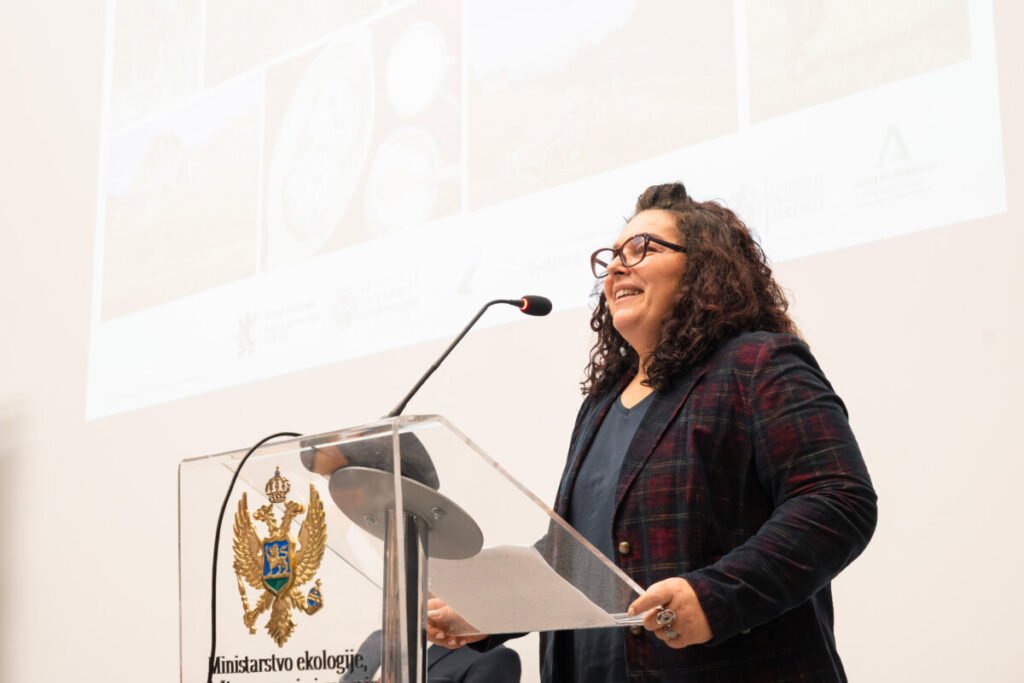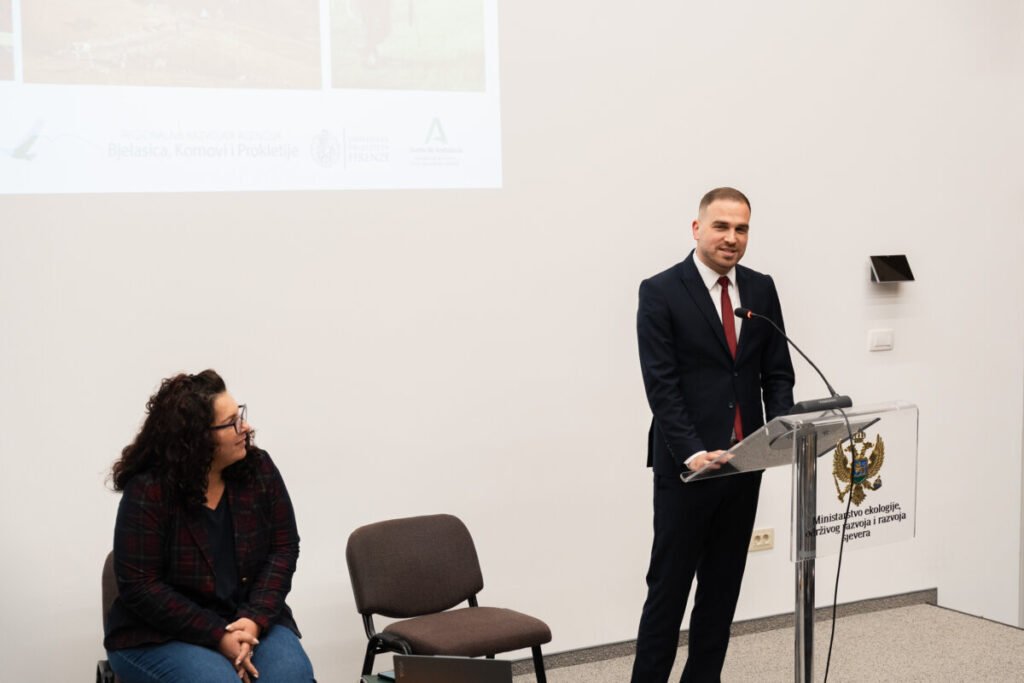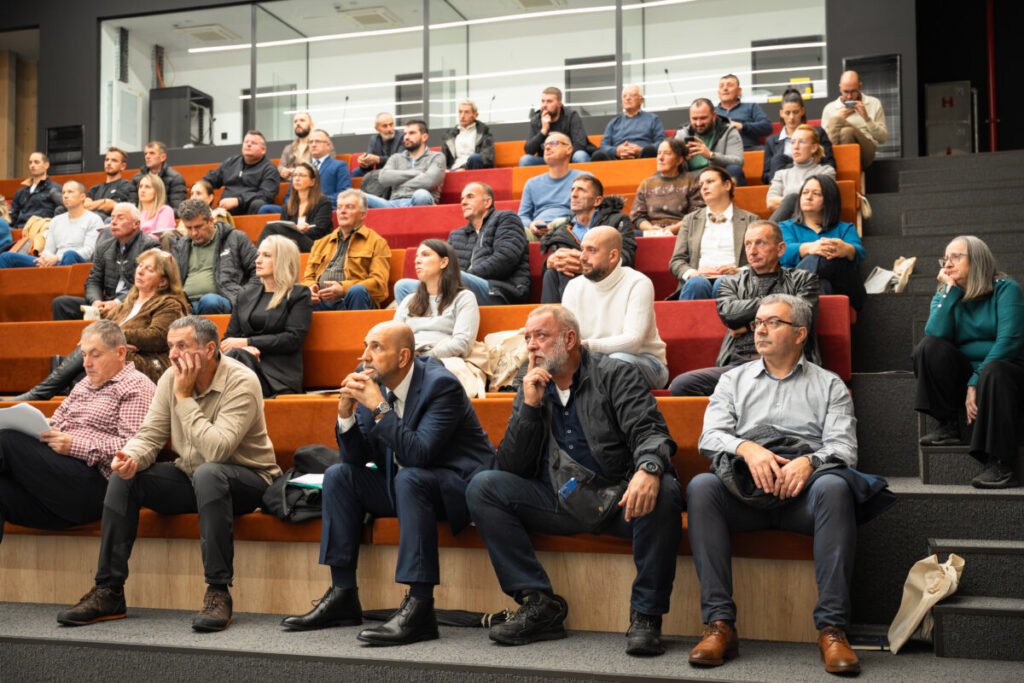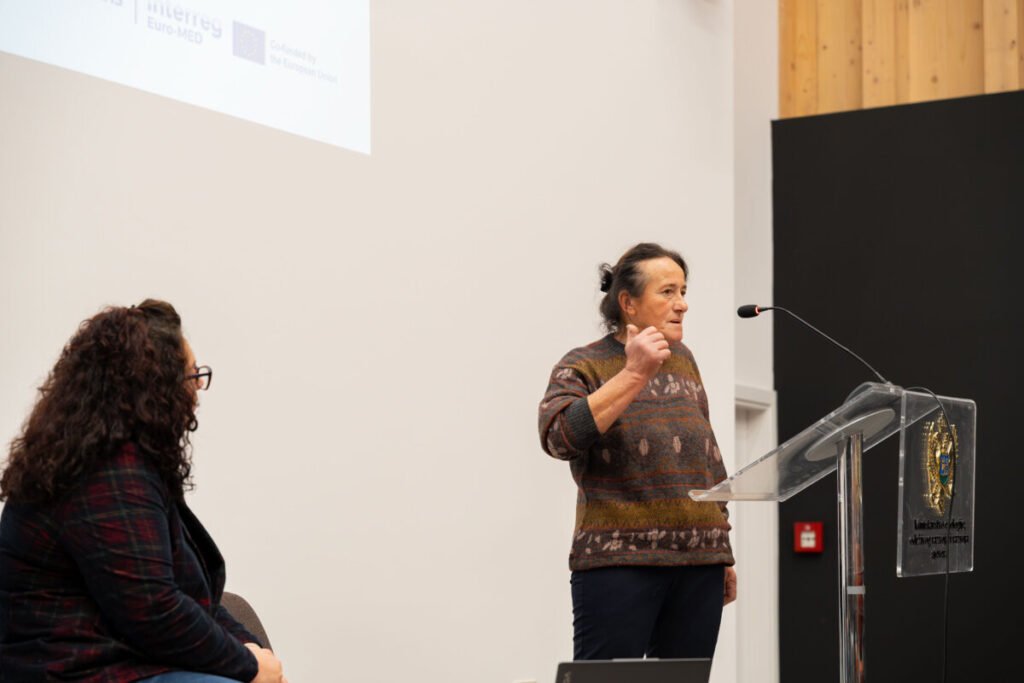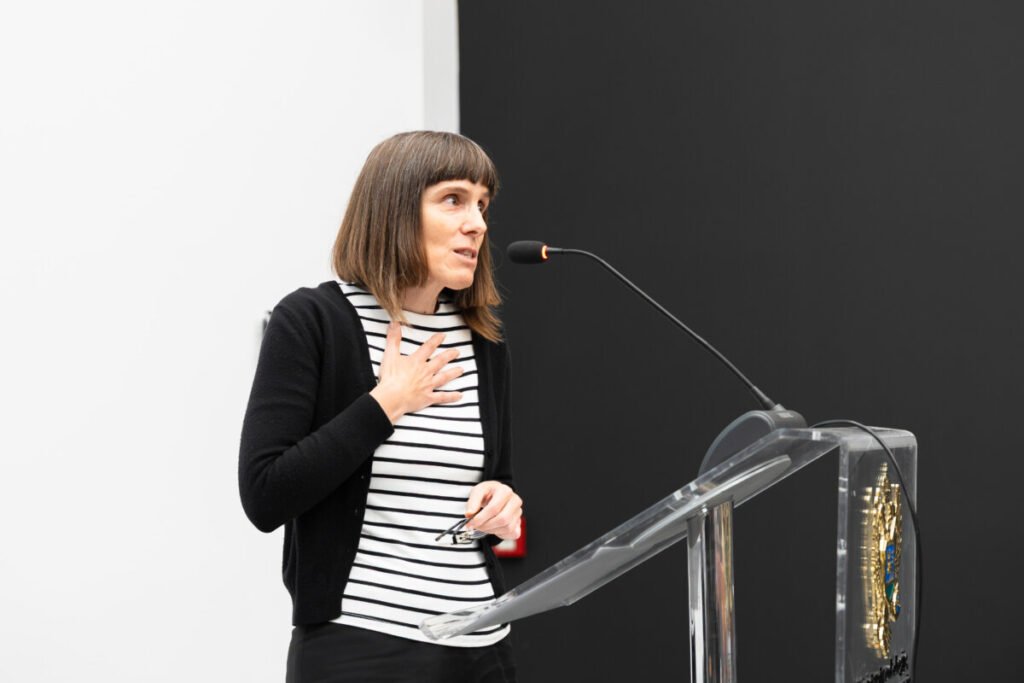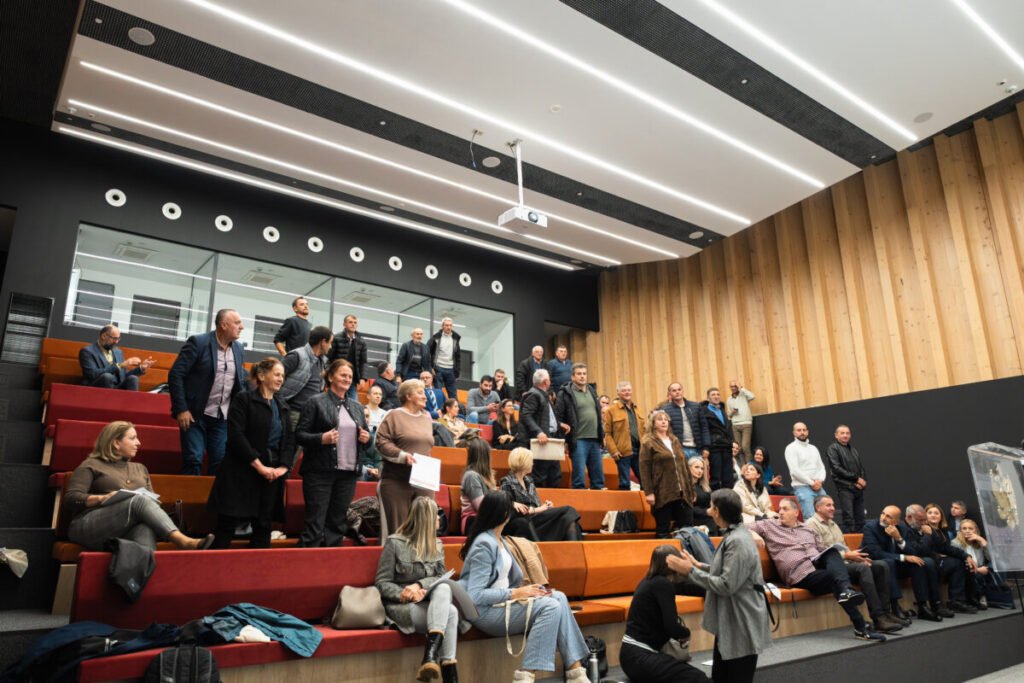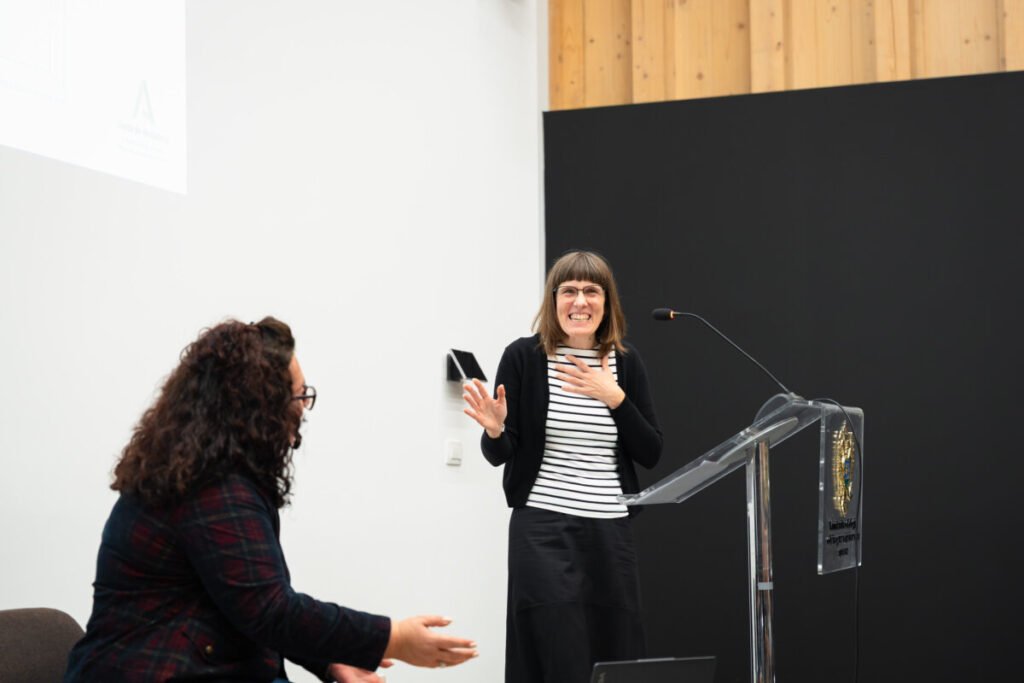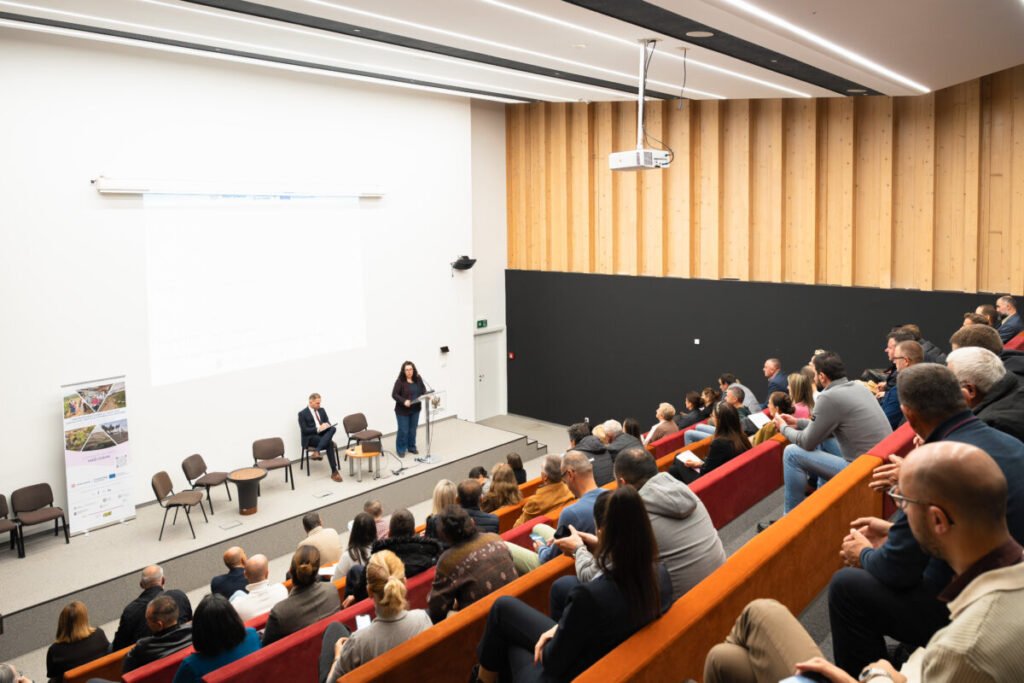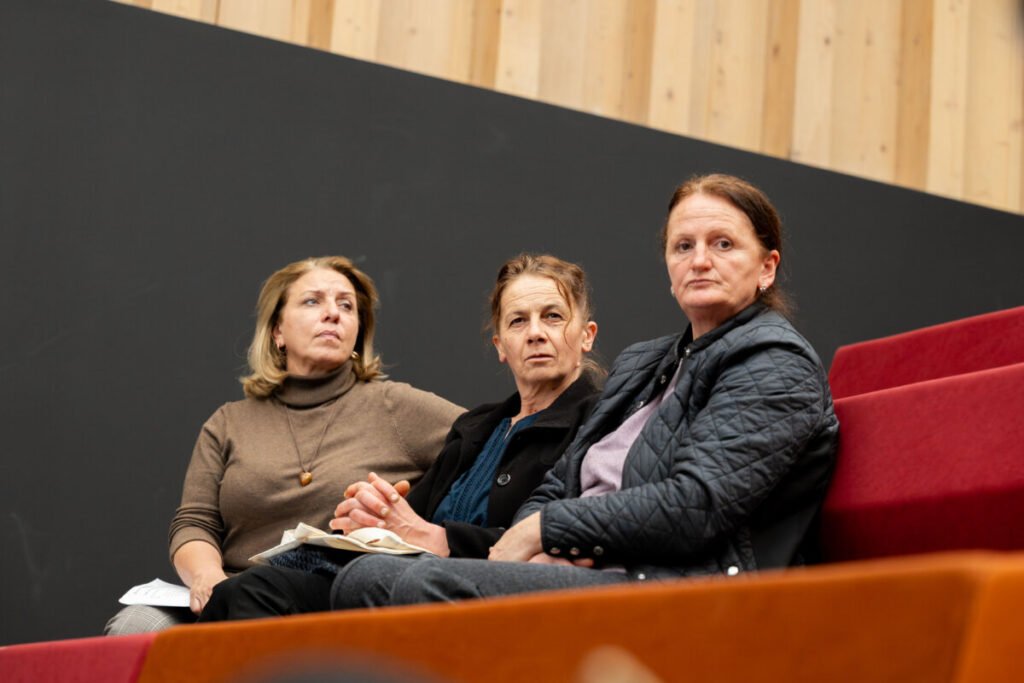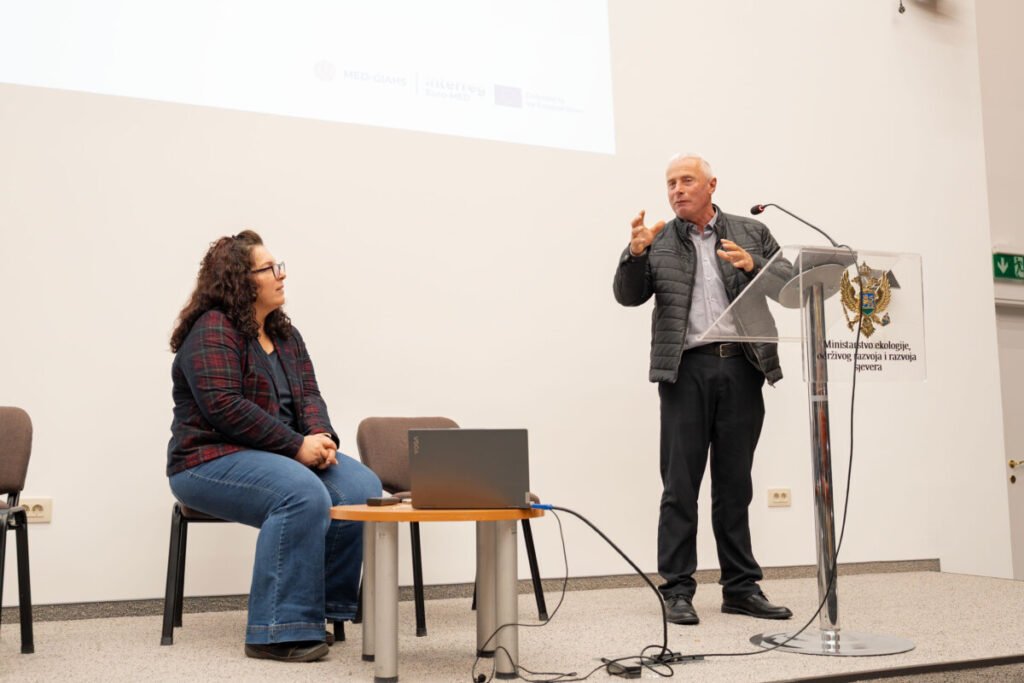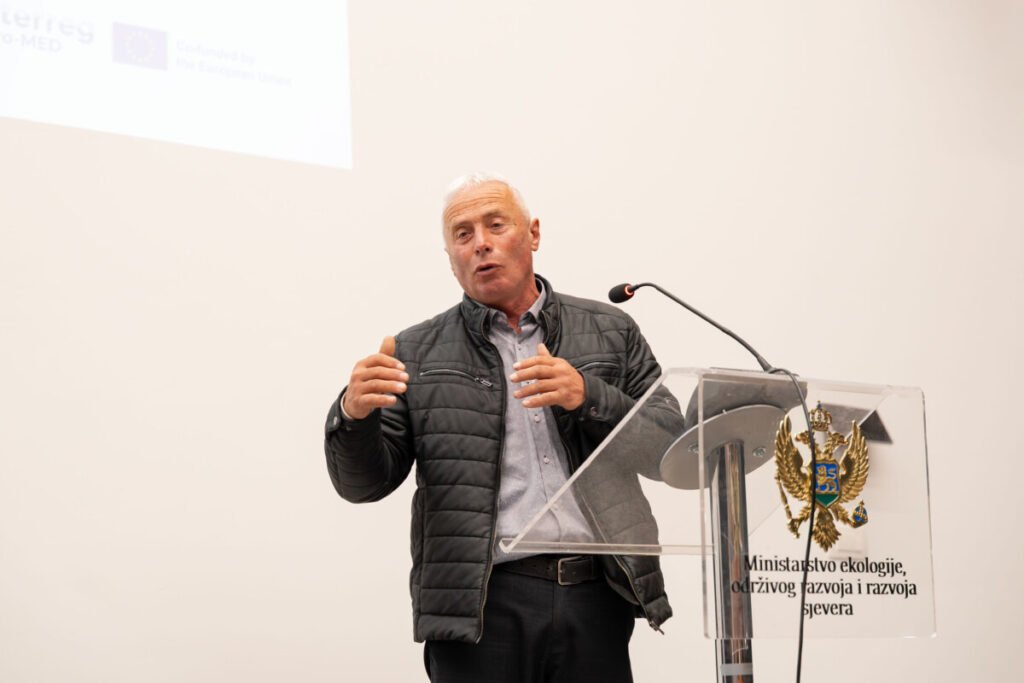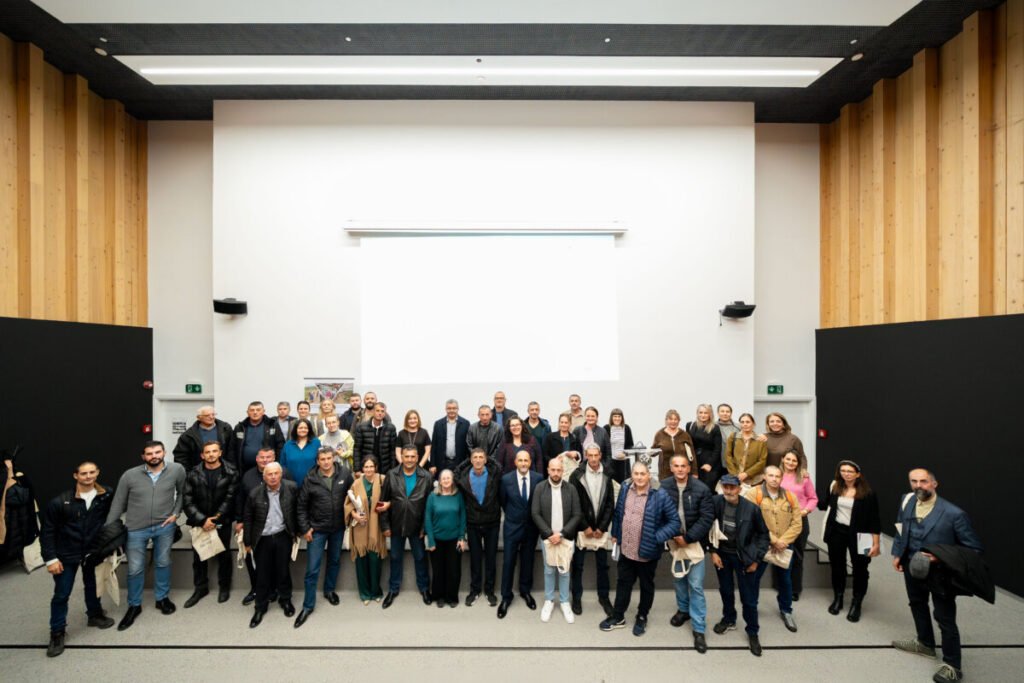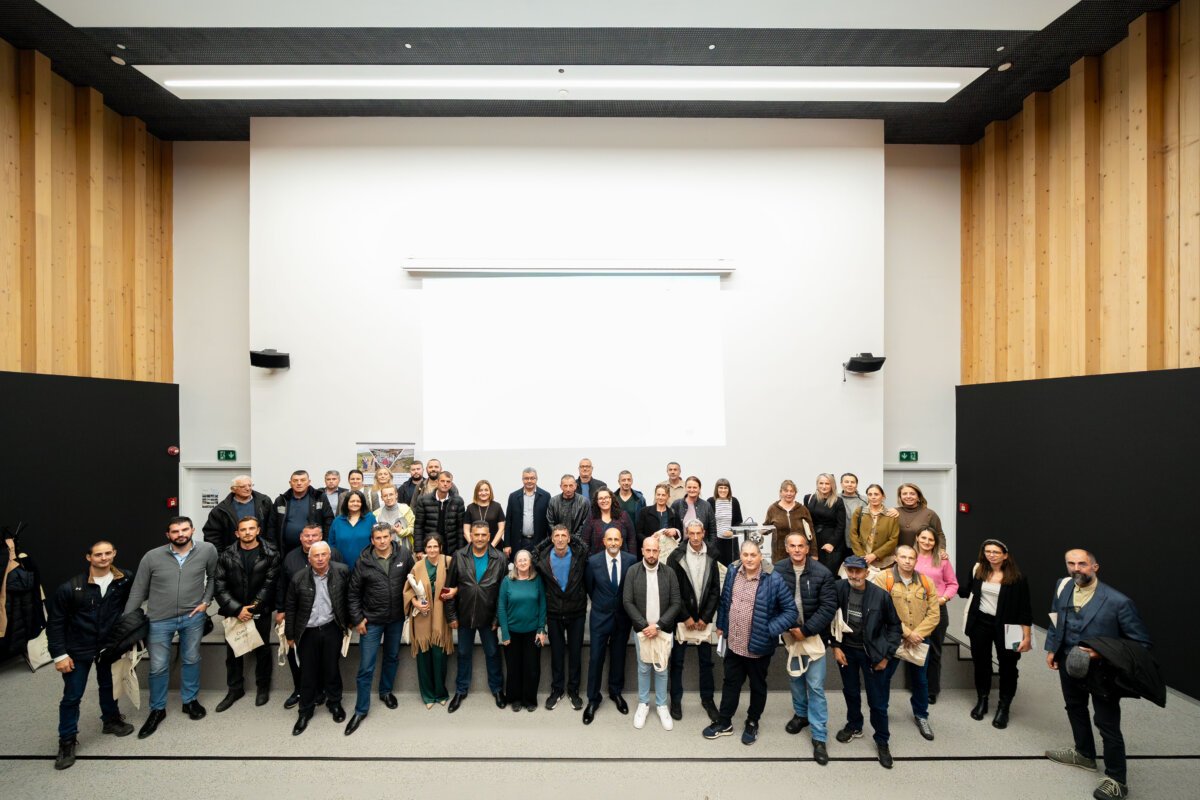
A workshop dedicated to katuns and the nomination process of Montenegro’s katun system for the GIAHS list (Globally Important Agricultural Heritage Systems) was held in Podgorica on 18 November 2025, within the framework of the Interreg MED GIAHS project. The aim of the workshop was to present key project results and the most relevant insights received from international GIAHS experts, in order to support the finalisation of the nomination file for Montenegro’s katuns.
The workshop brought together 63 participants from public institutions, protected areas, civil society organisations, experts in cultural and natural heritage, as well as representatives of tourism organisations and travel agencies.
The programme included a presentation of the GIAHS criteria, along with clear arguments demonstrating that Montenegro’s katuns, as a centuries-old pastoral system, fully meet these international standards. Participants were also informed about the activities implemented so far in the protection process and the current status of the GIAHS application. Special attention was devoted to the draft Dynamic Conservation Action Plan, a mandatory component of the nomination, which identifies key risks, threats, challenges, and concrete measures for the conservation and sustainable development of katuns.
During the discussion, it became evident that katuns remain poorly understood in the Montenegrin public sphere and continue to face numerous administrative, infrastructural, and social obstacles. Participants emphasised that this centuries-old tradition—an integral part of Montenegro’s identity and cultural landscape—has still not been adequately valued or treated with due respect.
Particular concern was expressed regarding katuns located on state-owned land governed by customary rights. Livestock keepers often face difficulties obtaining permits to build or repair traditional huts and auxiliary structures, while those who misuse customary rights—constructing weekend houses and other facilities despite not being livestock keepers—are gradually displacing the pastoral families, restricting their access to water, pastures, and other resources. Similar challenges are present in both state and privately owned katuns located within protected areas.
Examples were shared of livestock keepers being penalised for planting a small garden or repairing a hut, as well as cases in which weekend residents initiated legal action against pastoral families. It was also highlighted that infrastructure improvements—such as asphalt roads to katuns—although beneficial to livestock keepers, can accelerate landscape degradation, trigger unplanned construction, and encourage forms of tourism that disturb the peace of both pastoralists and their herds.
The workshop concluded that, despite their rich knowledge and heritage, katun families remain fragmented, geographically isolated, with weak communication channels and limited institutional support, making it difficult for them to independently respond to the growing pressures threatening the future of katuns. A systemic, coordinated approach is urgently needed to safeguard this unique tradition.
The workshop was organised in cooperation with the Ministry of Ecology, Sustainable Development and Northern Region Development, within a project implemented by the Regional Development Agency for Bjelasica, Komovi and Prokletije, together with national partners—the Administration for the Protection of Cultural Properties and the Association of Rural Households of Montenegro—as well as partners from across Europe through the Interreg EURO-MED programme.
Montenegro’s katuns have already been recognised as valuable intangible cultural heritage, and by the end of the year they are expected to be officially proclaimed a protected intangible cultural property. Inscription on the GIAHS list would confirm their global significance and represent a key step towards the long-term protection and sustainable development of this extraordinary cultural landscape.


